If you’ve been keeping an eye on environmental issues, you know that several lakes and rivers across the U.S. are facing some rough waters. These bodies of water are more than just scenic spots; they’re crucial for drinking water, recreation, and habitats. The threats they’re facing are varied, including pollution, climate change, and overuse, making them vulnerable and in need of attention. Let’s dive into the details of 14 U.S. lakes and rivers that are in big trouble right now. Understanding these issues could be the first step toward making a difference.
1. Lake Mead

Lake Mead is a critical water source for millions of people in the southwest, but it’s shrinking at an alarming rate. The lake has reached historically low water levels, partly due to prolonged drought and over-allocation of resources. According to the Bureau of Reclamation, the lake’s water level has dropped to its lowest since it was filled in the 1930s. This situation is causing a ripple effect, impacting water supply, power generation, and recreation. If this continues, the challenges for local ecosystems and communities relying on the lake are likely to intensify.
Climate change has exacerbated the situation, causing less snowpack and earlier snowmelt in the Colorado River basin. These changes in precipitation patterns mean less water flowing into Lake Mead. The ongoing drought, which scientists like Brad Udall from Colorado State University link to climate change, is predicted to persist. This puts even more pressure on the lake, making it crucial for local governments and stakeholders to find sustainable water management solutions. Addressing these issues now could help preserve the lake for future generations.
2. Colorado River
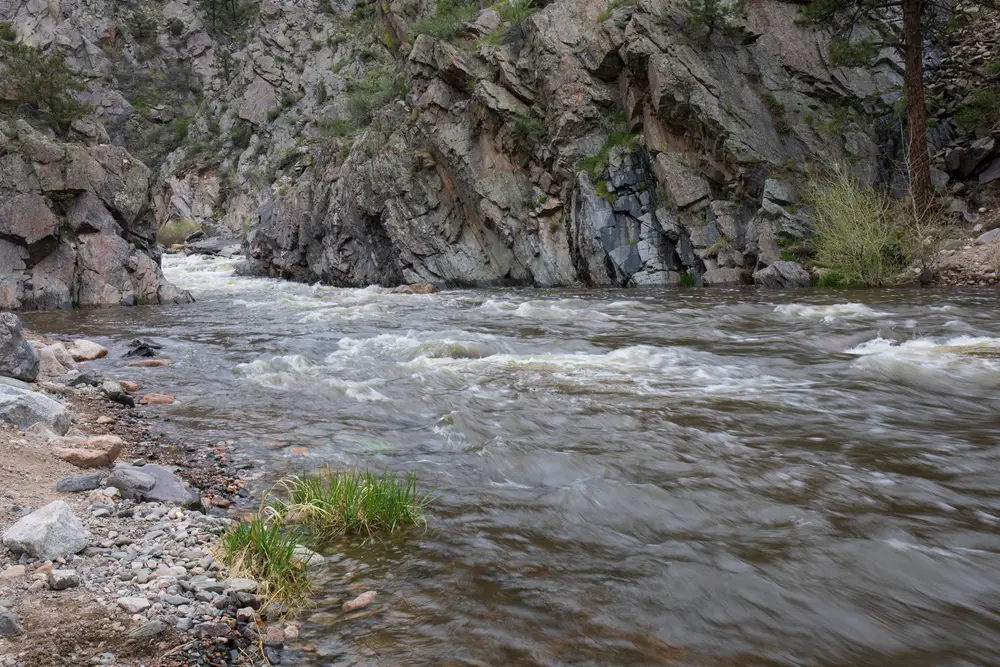
The Colorado River is often described as the backbone of the American Southwest, but it’s facing huge challenges. Over the years, demand for water from the river has skyrocketed, leading to severe depletion. With seven U.S. states and parts of Mexico relying on its water, the river is stretched thin. Agricultural needs, growing cities, and climate change all contribute to its current state. The result is a river that’s not only struggling to meet all these demands but is also seeing declining water quality.
The river’s problems aren’t just about water shortage; they’re also ecological. As the flow decreases, the habitats of many species are adversely affected. Fish populations, in particular, are struggling due to changes in water temperature and flow patterns. Efforts are underway to restore some sections of the river, but these initiatives face funding and policy challenges. Without significant intervention, the health of the Colorado River—and the people and wildlife that depend on it—remains at risk.
3. Lake Michigan
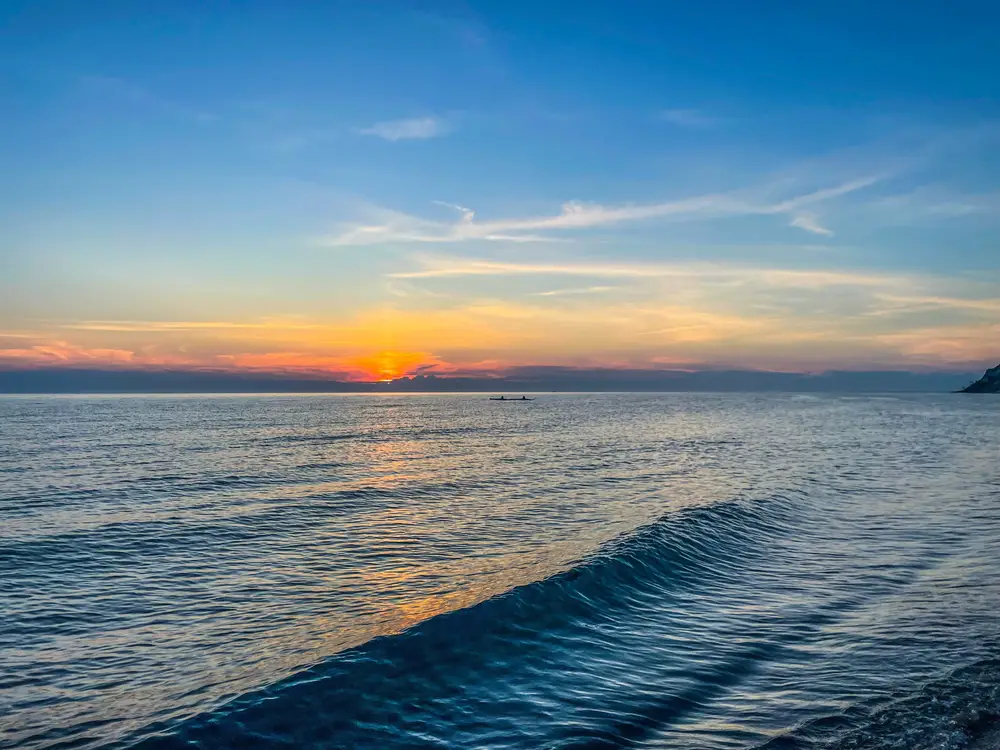
Lake Michigan, one of the Great Lakes, is facing a host of environmental challenges that are threatening its health. Rising temperatures and fluctuating water levels are altering the lake’s ecosystem, with significant impacts on fish populations and water quality. According to NOAA’s Great Lakes Environmental Research Laboratory, these changes are linked to increased algal blooms and invasive species. The presence of zebra and quagga mussels, for example, is altering the lake’s food web. It’s a complex situation that requires coordinated efforts to address.
On top of that, pollution remains a nagging problem for Lake Michigan. Industrial waste, agricultural runoff, and untreated sewage contribute to poor water quality, which in turn affects both wildlife and human health. Beach closures due to contamination are becoming more frequent, impacting local economies that rely on tourism. These issues highlight the need for better regulation and community involvement in conservation efforts. Without proactive measures, the lake’s future could be at risk, affecting millions who rely on its resources.
4. Mississippi River
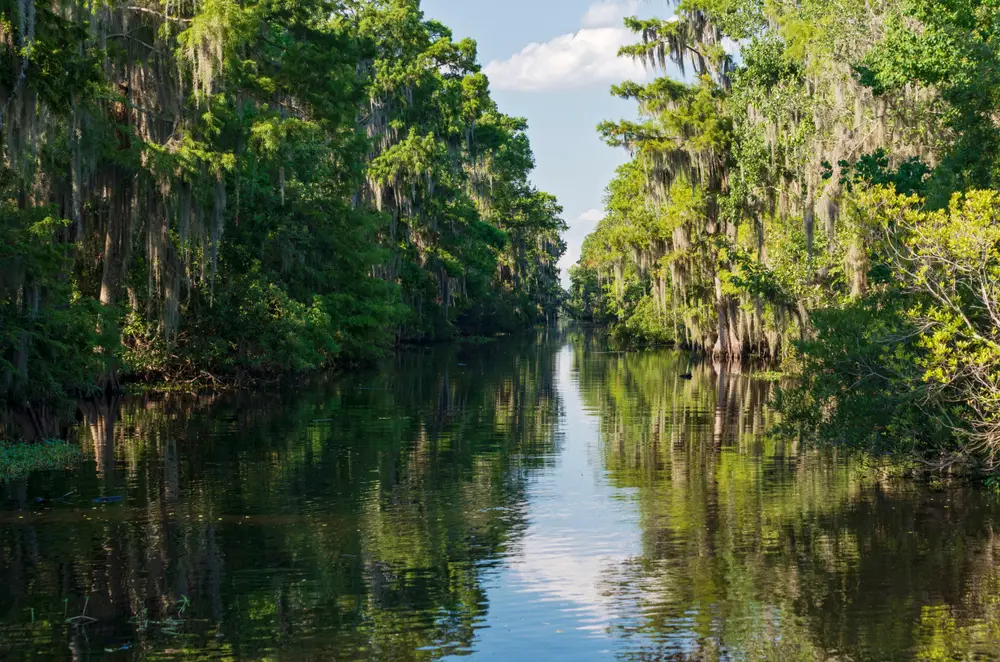
The mighty Mississippi River is integral to America’s economy, providing transportation routes and water resources for millions. However, it’s struggling with pollution that’s negatively affecting its water quality and surrounding ecosystems. Agricultural runoff, including fertilizers and pesticides, contributes significantly to this problem. These pollutants are causing dead zones, areas with little to no oxygen, where aquatic life can’t survive. It’s a growing concern that needs immediate attention.
Beyond pollution, the Mississippi River is also facing challenges from climate change. Increased flooding and unpredictable weather patterns make managing the river more complicated than ever. These changes pose risks not just to the environment, but also to the cities and communities situated along the river. Infrastructure that wasn’t built to handle such conditions may suffer, leading to economic and social impacts. Effective management strategies are essential to secure the future health of the Mississippi River.
5. Lake Okeechobee

Lake Okeechobee in Florida is a lifeline for the state’s water supply and agriculture, but it’s facing severe environmental issues. Nutrient pollution, mainly from agricultural runoff, has led to frequent and severe algae blooms. A study by Florida Atlantic University highlights how these blooms are harmful not just to aquatic life but also to people living nearby. The toxins released by the algae can cause health problems and damage the local economy, particularly the tourism and fishing industries. It’s a problem that’s not only environmental but also social and economic.
Efforts to manage the lake’s water levels have been challenging due to competing interests between agriculture, urban needs, and ecosystem health. Droughts and heavy rains further complicate the situation, causing fluctuations that affect all stakeholders. Restoring Lake Okeechobee will require a balanced approach that considers all these factors. Policymakers and environmental groups are working on solutions, but these require widespread cooperation and long-term commitment. Without effective intervention, the lake’s problems are likely to persist or worsen.
6. Rio Grande

The Rio Grande is a vital river that serves as a natural border between the U.S. and Mexico, but it’s struggling to meet the demands placed upon it. Extensive irrigation, urbanization, and climate change are all contributing factors to its declining flow. The river’s water levels have been steadily dropping, affecting both countries’ agricultural and domestic needs. As water becomes scarcer, tensions over resource allocation are likely to rise. It’s a pressing issue that requires immediate and cooperative action from both nations.
One of the big challenges facing the Rio Grande is the lack of consistent water management policies. With competing interests from cities, farms, and conservationists, finding a balanced approach is difficult. Habitat degradation is another concern, with many species that rely on the river struggling to survive. Restoration efforts are underway in some regions, but these are often hampered by political and financial hurdles. A collaborative, cross-border management strategy could help address these multifaceted issues.
7. Salton Sea
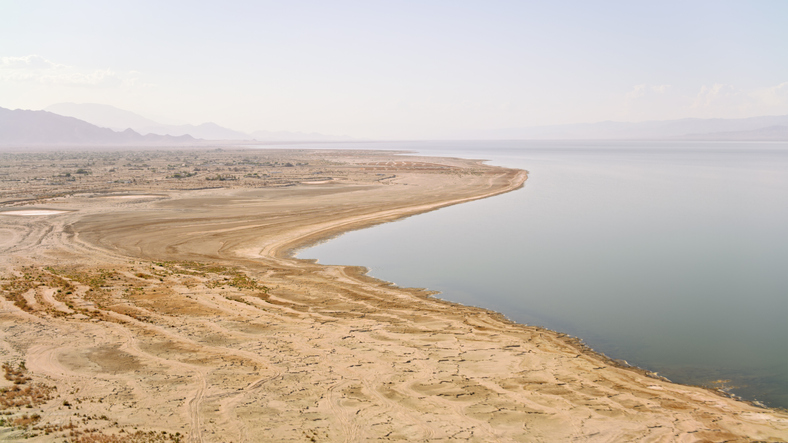
The Salton Sea in California is a unique body of water that’s facing severe environmental degradation. Once a popular resort area, it’s now plagued by receding water levels and increasing salinity. Research by the Pacific Institute indicates that these changes are turning the sea into a hazardous environment for both wildlife and people. Dust from the dry lakebed is a health risk, carrying pollutants that affect air quality in surrounding communities. It’s a dire situation that calls for urgent intervention.
Efforts to revitalize the Salton Sea have been met with numerous challenges. Dwindling inflows, primarily from reduced agricultural runoff, have accelerated the decline. As water evaporates, salt and toxins become concentrated, creating a hostile environment for fish and birds. Community-driven initiatives and state-led projects are trying to tackle the problem, but funding and political will are often lacking. Without a comprehensive plan, the Salton Sea’s environmental and public health issues are likely to worsen.
8. Chesapeake Bay
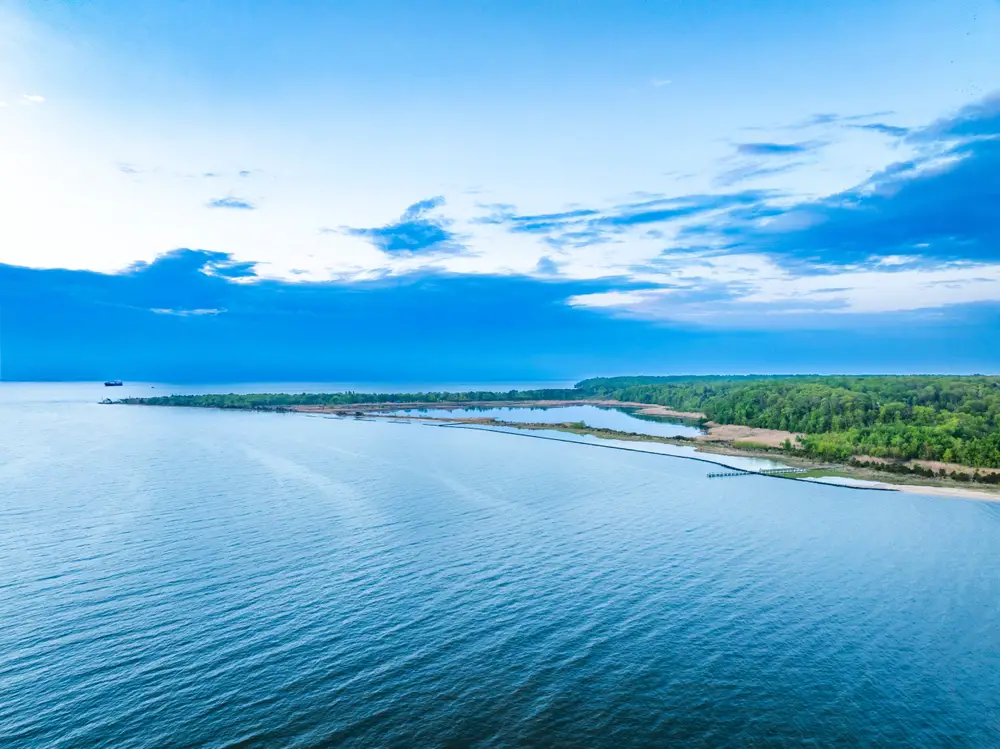
Chesapeake Bay, the largest estuary in the U.S., faces a myriad of environmental challenges, primarily due to pollution and overfishing. Nutrient runoff from agriculture and urban areas exacerbates the problem, leading to significant algal blooms. These blooms deplete oxygen levels in the water, creating dead zones where aquatic life struggles to survive. The consequences extend beyond the ecosystem, impacting the fishing industry that’s vital to the region’s economy. It’s a cycle that’s hard to break but crucial to address.
Restoration efforts have been underway for years, but progress is slow and sometimes inconsistent. The complexity of the Bay’s watershed, which spans six states, makes coordinated management essential but difficult. Climate change adds another layer of complexity, with rising temperatures and sea levels threatening to disrupt restoration efforts further. Better regulatory frameworks and community initiatives are needed to drive significant improvements. The health of Chesapeake Bay is vital not just for biodiversity but for the cultural and economic fabric of the region.
9. Lake Erie

Lake Erie has long been considered one of the most biologically productive of the Great Lakes, but it’s under threat from multiple fronts. Algae blooms, driven by nutrient runoff from agriculture, are a persistent problem that affects both water quality and aquatic life. The city of Toledo, Ohio, famously had to shut off its water supply in 2014 due to a severe algae bloom. Such events highlight the urgent need for effective nutrient management strategies. Without them, the lake’s health and the communities that rely on it remain at risk.
Climate change compounds these challenges, altering precipitation patterns and exacerbating nutrient runoff. Warmer temperatures also favor algae growth, making blooms more frequent and severe. Efforts to manage these problems are ongoing, but they often face resistance from various stakeholders. Collaborative approaches that include farmers, policymakers, and environmental groups are crucial for long-term solutions. Addressing the root causes of pollution could make a significant difference in restoring Lake Erie’s health.
10. Great Salt Lake

The Great Salt Lake in Utah is a unique ecosystem that’s been shrinking at an alarming rate. Alterations in water inflow due to irrigation, urbanization, and climate change are contributing factors. As the lake continues to shrink, its salinity levels have risen, threatening the organisms that make the lake their home. The decline has significant implications, not just for local wildlife but also for industries like mining and tourism. Addressing these issues is crucial for maintaining the lake’s ecological and economic value.
Efforts to save the Great Salt Lake face numerous challenges, including competing water demands and a lack of funding. Stakeholders are grappling with how to balance the needs of agriculture and urban growth with environmental conservation. Some initiatives focus on improving water efficiency and conservation practices to ensure more inflow reaches the lake. However, these efforts require widespread cooperation and commitment to be truly effective. The situation at Great Salt Lake serves as a reminder of the complex interplay between human activity and natural resources.
11. Hudson River
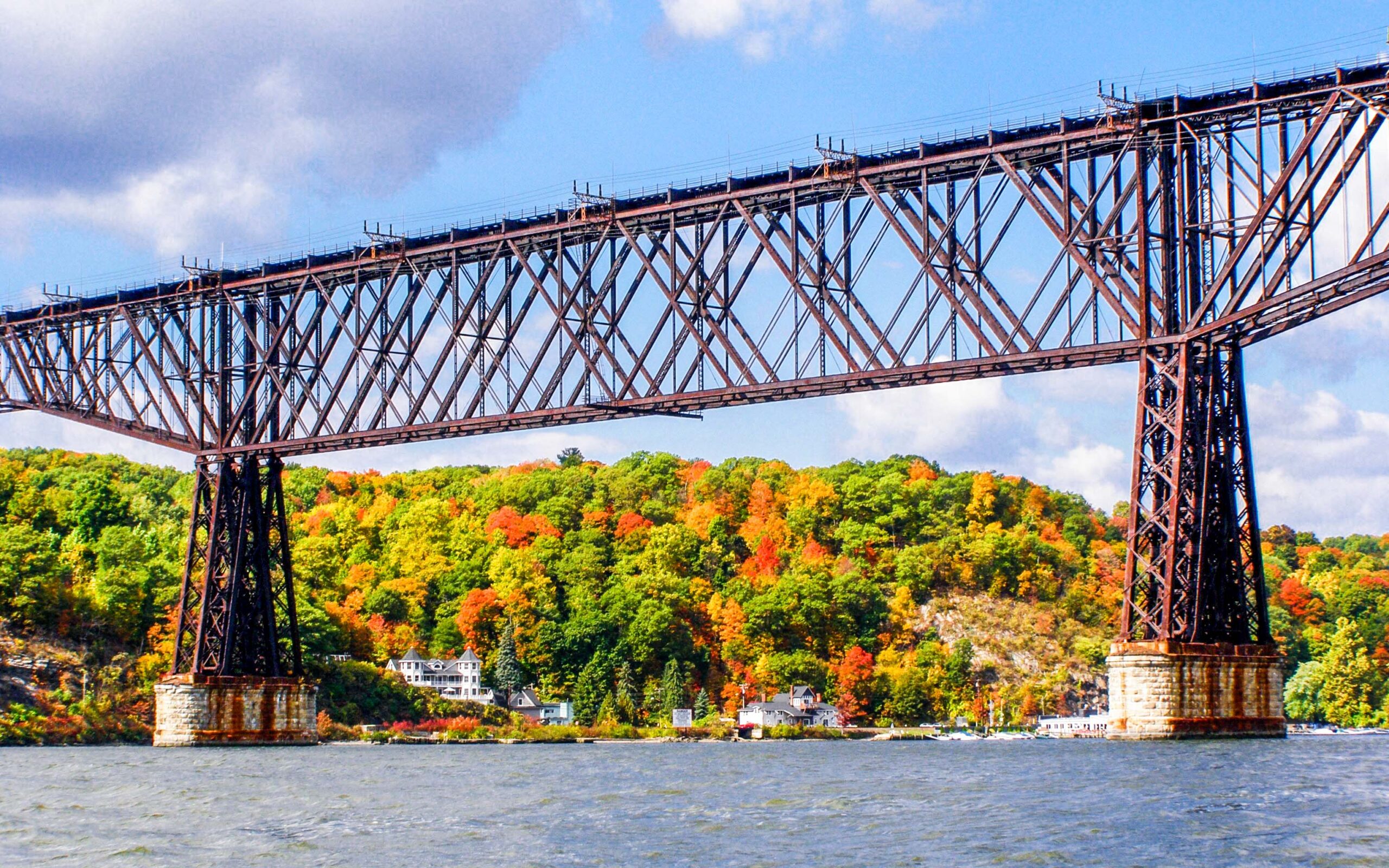
The Hudson River, a historically significant waterway in New York, faces various environmental challenges that threaten its health. Pollution from industrial activities over the years has led to contamination of sediments and water quality issues. The presence of PCBs, a group of toxic chemicals, is a particularly concerning problem. Cleanup efforts have been underway for decades, but complete restoration remains a distant goal. The situation underscores the need for ongoing vigilance and remediation to ensure the river’s recovery.
In addition to pollution, habitat loss is another pressing issue for the Hudson River. Urban development along the riverbanks has reduced natural habitats, impacting the biodiversity that once thrived there. The river also faces challenges from climate change, with rising sea levels and increased storm surges threatening to exacerbate existing problems. Community involvement and policy changes are needed to address these issues holistically. By protecting the Hudson River, we can preserve a valuable ecological and cultural resource for future generations.
12. Tennessee River
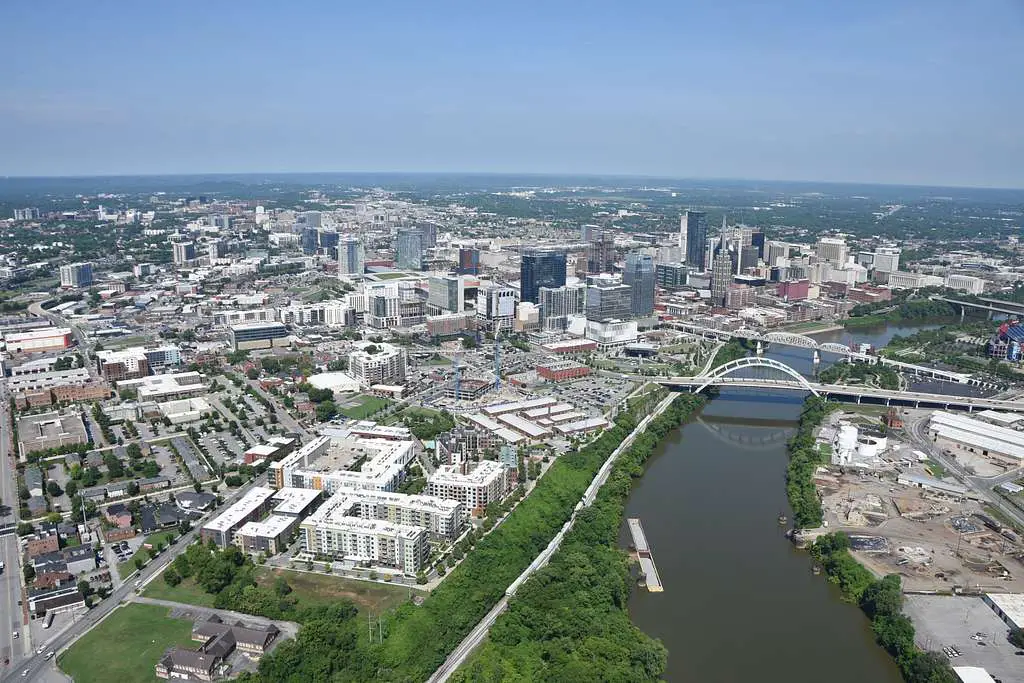
The Tennessee River, a crucial waterway in the southeastern United States, is grappling with pollution and ecological degradation. Industrial discharge, agricultural runoff, and urban development contribute significantly to its water quality problems. These pollutants not only affect aquatic life but also pose health risks to communities relying on the river for drinking water and recreation. Efforts to improve water quality are underway, but they require strict regulation and community engagement. The river’s health is vital for the region’s economy and biodiversity.
Habitat destruction is another significant issue facing the Tennessee River. Construction and land development have led to the loss of critical habitats for many species. The river’s ecosystem is complex, and changes to one part can have cascading effects on others. Restoration projects aim to mitigate these impacts, but they often face funding and implementation challenges. Protecting the Tennessee River is not just about conserving water quality but also about preserving an essential ecological corridor.
13. Ohio River
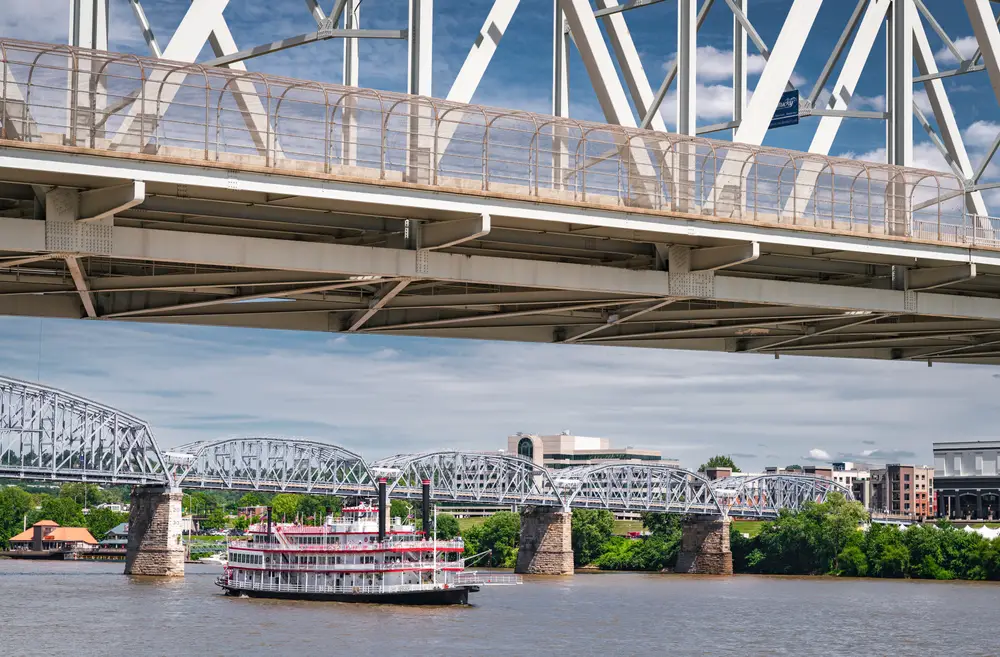
The Ohio River, flowing through several states, is vital for transportation, industry, and communities. However, it’s facing significant pollution issues that are threatening its water quality and ecosystems. Industrial discharges and urban runoff contribute to high levels of pollutants in the river. The presence of toxic substances like mercury and PFAS is concerning for both human health and aquatic life. Addressing these pollution issues requires comprehensive regulatory measures and collaboration among states.
Climate change poses additional challenges for the Ohio River, affecting its flow patterns and increasing the risk of flooding. These changes have implications for water management and infrastructure resilience in communities along the river. Efforts to adapt to these challenges are essential for ensuring the river’s long-term health and sustainability. Stakeholders must work together to develop strategies that balance economic needs with environmental protection. By doing so, the Ohio River can continue to be a vital resource for future generations.
14. Cuyahoga River
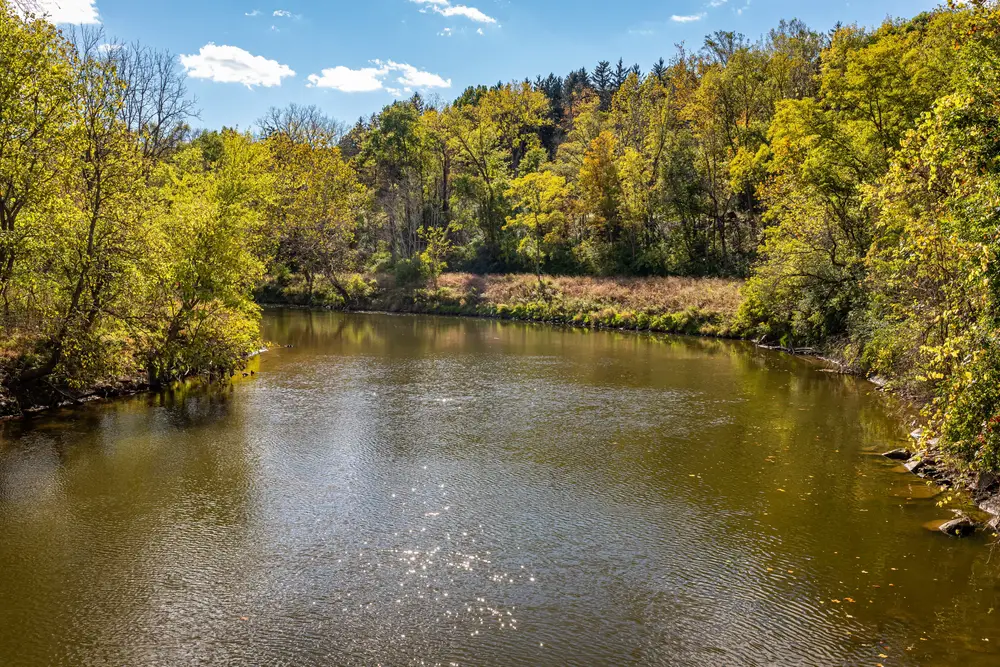
The Cuyahoga River in Ohio is perhaps best known for catching fire in the late 1960s, a symbol of severe pollution at the time. While significant progress has been made since then, challenges remain in fully restoring the river’s health. Urban and industrial pollution continue to affect water quality, posing risks to both humans and wildlife. Efforts to clean up the river have led to improvements, but ongoing vigilance and action are required. The Cuyahoga River’s story is a reminder of the importance of addressing pollution proactively.
Beyond pollution, the river faces challenges from habitat loss and climate change. These issues impact the river’s biodiversity and ecological balance. Restoration projects aim to address these challenges by improving water quality and restoring natural habitats. However, these initiatives require sustained funding and community involvement to be successful. Protecting the Cuyahoga River is crucial not just for its ecological value but also for the historical and cultural significance it holds for the region.

